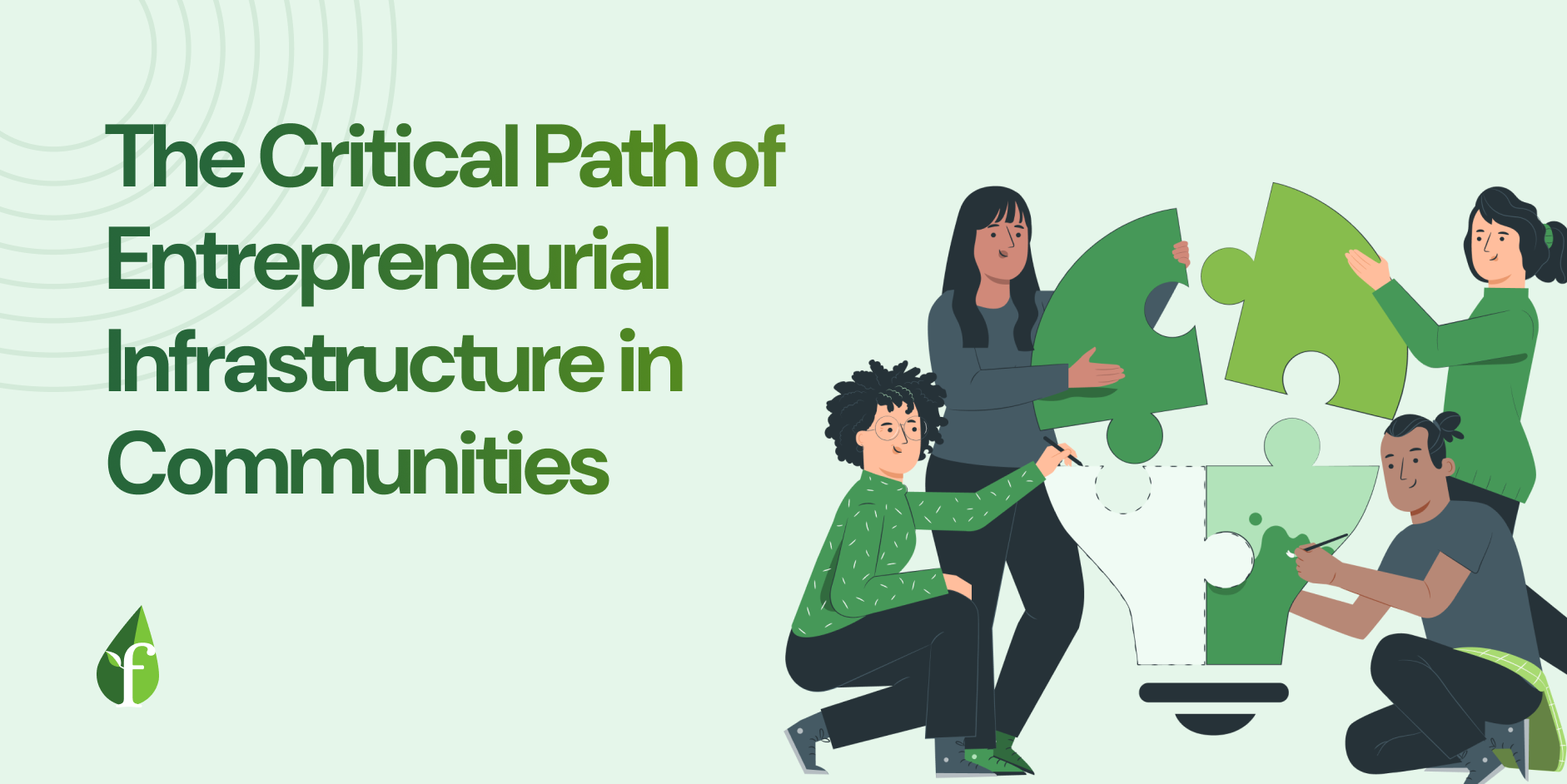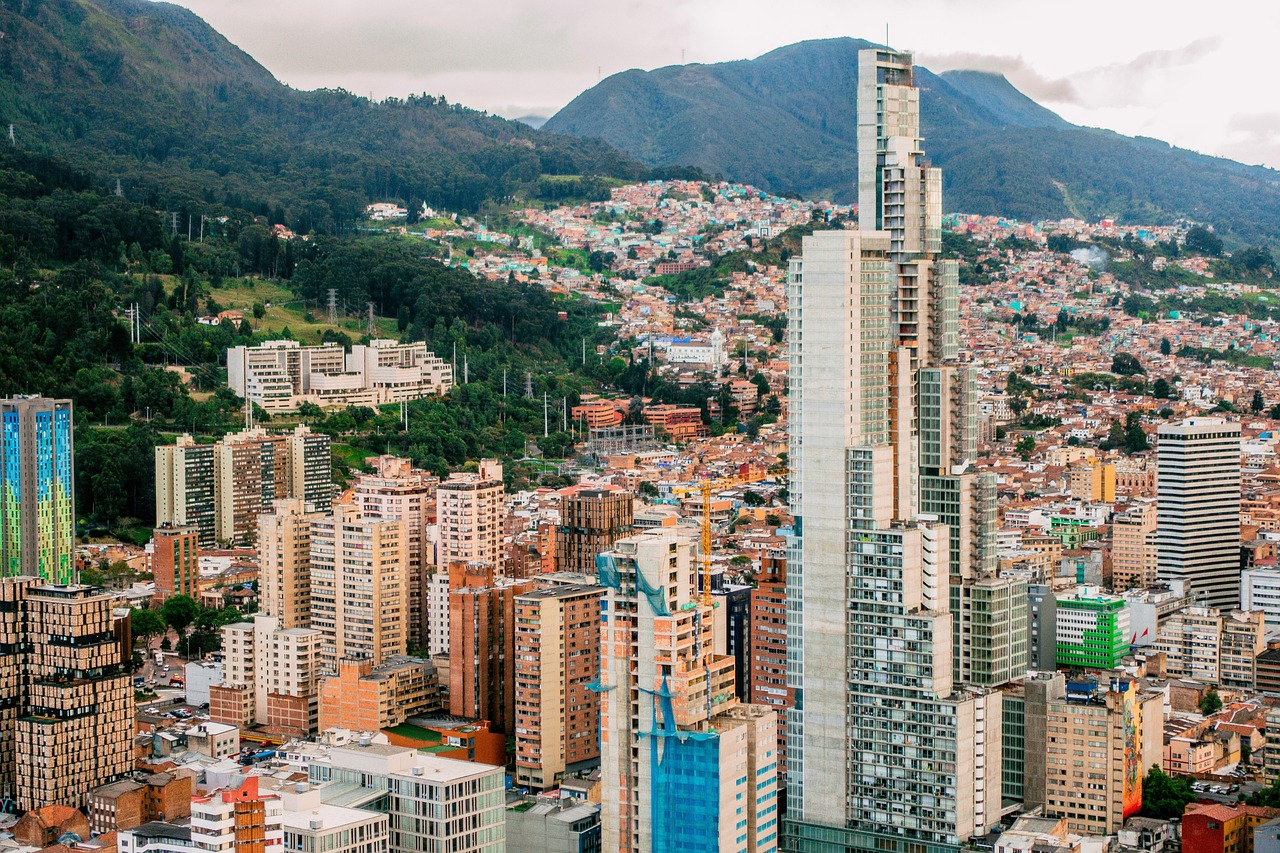
This post was written by Adeo Ressi - Founder of the Founder Institute and TheFunded.com, and board member of the X PRIZE Foundation.
It's hard to not get a sinking feeling in my stomach as I watch the stock market drop, and as I hear smart people talk about a 25% correction. We are all too familiar with the next few chapters of this story: First, angels see their net worth shrink, so they start preserving capital and stop investing in risky startups. Second, limited partners in venture funds stop investing as they allocate assets to safer investment vehicles. Lastly, venture capitalists slow down and back the strongest from the last standing.
However, If you look closely, there is a new reality today. There are reasons to be cautiously optimistic.
Let's start by looking at the modern angel. The angels fueling today’s technology startups are no longer the rich doctor or lawyer looking to have fun with a small piece of their retirement account. Rather, today’s angel works in a startup and has pulled money off the table through a sale, IPO or, more likely, the secondary markets. They are skeptical of public markets after the debacle of 2000 and 2008. Therefore, while a 16% decline in the public markets may drop the aggregate amount of angel investment, the modern angel will continue to invest in what they know: startups.
Second, let’s look at the Limited Partners. Long before this correction many of them already fled the venture capital asset class, and they are not coming back. As a result, hundreds of VC firms have already folded over the past few years, and the ones left standing are not as dependent on LPs as they were before. Smarter VCs have adjusted by tapping sovereign wealth funds and other alternative capital sources - including the wealth of the partners themselves. In the end, the tectonic changes in the limited partner landscape are so significant that any market correction is irrelevant.
Third, the VCs themselves have already been doing less and less deals since the end of 2008. Even as the markets recovered, venture investments into new seed and Series A companies for the first half of 2011 is down at least 10% from the same period in 2007 and 2008, according to the NVCA. Entrepreneurs have already adjusted to a world where venture capital is a scarce source of capital (AngelList, for example), so a change in deal volume should not significantly change startup financing.
Finally, the M&A market is better positioned than it has been in the past. Large corporations are sitting on enormous cash reserves, and it is only a matter of time before we see a greater number of acquisitions. The thousands of angel-backed startups being launched each year represent attractive acquisition targets. And, because they typically don't have unrealistic valuation expectations forced by venture capitalists, a $10m - $50m acquisition can yield great returns for all of the shareholders.
To get to the point - even if the correction continues and startup financing shrinks, we’re not facing a post-party “sober up” similar to 2000 and 2008. The reality is that creating meaningful and enduring technology companies is not a zero sum game. In a world of nearly seven billion people with 30% internet penetration and nearly two thirds of the global population using cell phones, there is room for thousands of new technology companies each year. And, if everything does go to hell again, the true entrepreneurs make their own luck.
I for one maintain a healthy dose of cautious optimism: startups will come out ahead.



